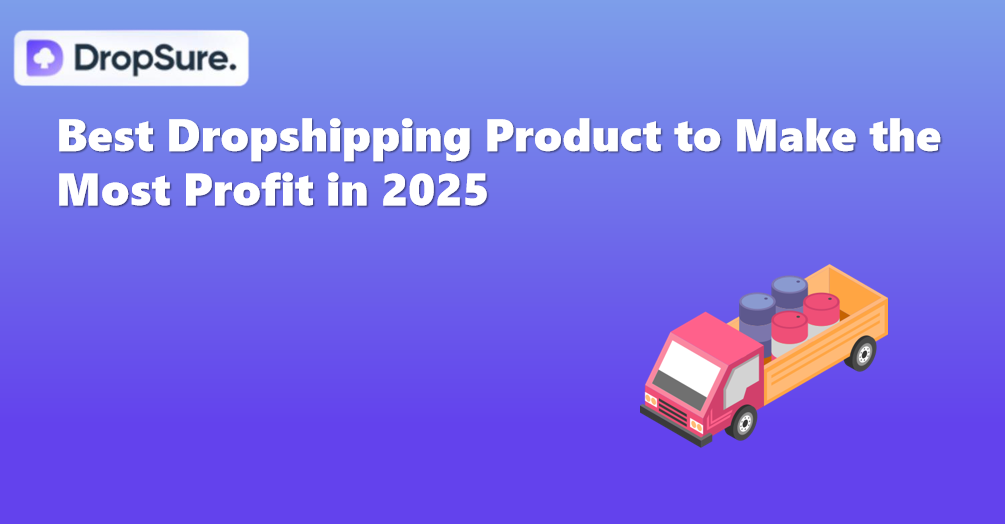June 25, 2025
June 20, 2025
June 19, 2025
June 18, 2025
June 14, 2025
June 12, 2025
DropSure is Your
Best Partner
22 Years Experience
Affiliate Rebates
100% Quality Guarantee
Top-Up Rewards
10+ Global Warehouses
Custom Branding Support
Smart inventory System
24/7 Customer Support
Get a Quote in 24 Hours


